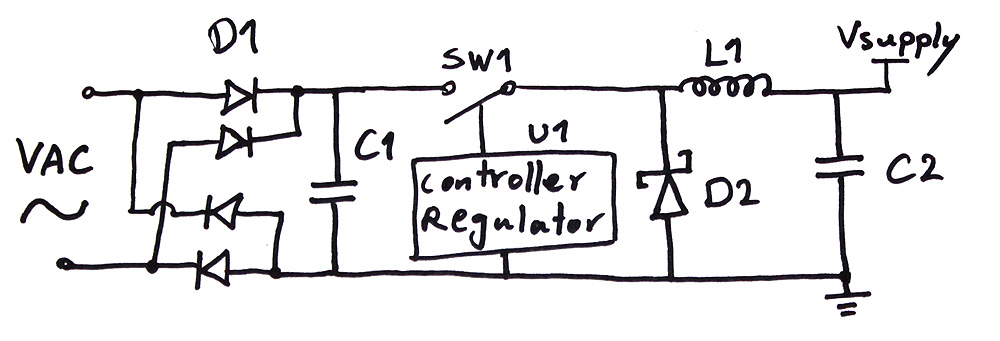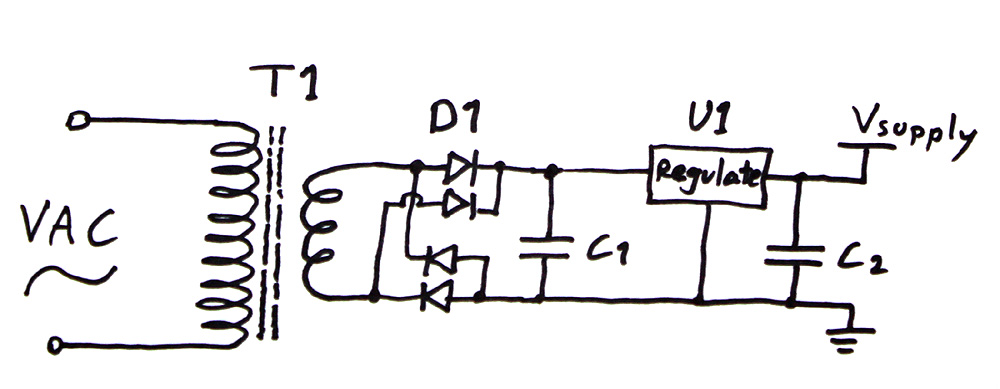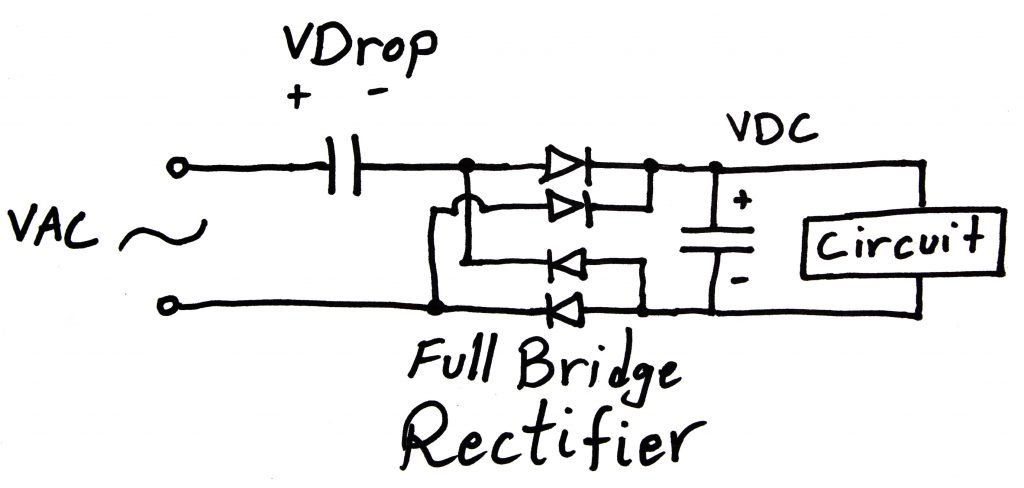There is a guy who turns a light bulb from his butt chicks. Could it be real?
Well I would call this a magic trick. They are all illusions and we know they are not real and there is a trick behind them. I think I can explain how this trick was done, at least my way.
I have to thank MOOSHIM for their awesome meter. It is a truly useful meter especially for when you have to leave your meter on a moving object and yet need to read it to. Or you can leave it in another room and still read voltage and current.
There is one thing for sure: no human can pass enough current through his/her body to power a light. As you see in the video there is 1mA to 2mA running through my body touching the 120VDC. Even that could be quite dangerous depending on where on your body it is touched. Like if instead on the tip of my fingers I touched a bit lower on the softer skin, it could zap me much harder. Because there would be more current through my body and different areas are more sensitive.
Different people would also feel electricity differently. I had a guy at work that could hold on to 1000VDC while I couldn’t touch 250VDC. It is all in skin resistance and general pain tolerance too. But remember, it you cut your skin and go straight to the flesh, even at 100 times less voltage you would feel such a great pain.
Now with AC the current through body would be around double, and combined with the shaking nature of AC, it would easily hurt or kill. High current can quickly interfere with nervous system and disable heart or brain.
You can easily make 120VDC by just putting 13x 9V batteries in series like below. And that would power many common house hold items. See the 120VDC outputs the same power on most of the items (like a light bulb) as a 120VAC would. And many items would function the same under DC.

13x 9V Batteries in Series
Light bulbs are one of them. Incandescent bulbs are basically resistors that heat up with current. And many electronics are powered through switch mode power supplies, and those kind of power supplies can run on DC input.
Picture below is a simplified circuit of a non-isolated switching AC to DC inverter. Non-isolated is not recommended, at all! None of the circuit voltages should be exposed to the user as they will be riding on live wire. So this is for demonstration purposes only. There should be a transformer used instead of inductor for isolation.
To make it simple, I should say in all such supplies the first step in the circuit is rectification of AC into DC as done in D1 bridge rectifier below. And then the supply circuit creates its own high frequency switching (by U1) to create AC that would pass through a much smaller transformer for insolation, or an inductor like L1 shown below.

Simplified Non-Isolated Switching Ac to DC Inverter
So if this circuit makes a DC voltage right off the bat, then giving it a DC voltage directly wouldn’t make a difference either.
But old transformer type wall adapters need AC, and are short circuit for DC. As shown in the picture below, this old and less efficient style first steps down the AC voltage through a larger transformer (T1), and then passes it through a rectifier (D1) to get DC. To make the voltage stable, there is usually a voltage regulator added (U1). You would notice these kind by their larger and more cubic body shape. For the same power output, the switching kind would be much smaller and more efficient. Just look at the iPhone charger.

Transformer Wall Adapter
The example of house hold items that can have switching supplies would be LCD televisions, phones, mobile phone chargers, camera battery chargers, DVD players, stereos (newer ones), etc… And the good thing about them is that you can plug them into DC with any polarity, as they rectify it anyways.
Pretty much everything can be design to run on DC. But AC is much more easier and efficient for power transfer from power plant to a house. And so its existence is crucial. And at home there are many items that can run directly on AC without needing power conversion like electric ovens, AC ventilation fans, light bulbs, etc…
The downside of using 9V batteries is that they are generally pretty weak. They have large internal resistance and drawing 0.5A of current from them would result in around 2V drop. So if you are powering something with them, it better be low current. Like my LED light was around 0.1A. Or you can use Li-Polymer batteries that can provide significantly higher current.
So now we have a simple power supply with batteries. We need to switch it on and off. Like I mentioned in the video you can get a remote switch that can switch anything you plug into, or a lamp that has the switching capability embedded in it. The stand alone switch would be more versatile as it can switch anything.
But the way mine was designed, it directly stepped down the AC. Its circuit is very similar to what I had designed for my Nigh Light a while back. Picture below shows a simplified circuit. Basically the AC passes through the capacitor that results in a voltage drop across it and so its output voltage would be a smaller AC voltage. Rectifying that would result in a smaller DC voltage safer for the circuit.

AC to DC Simple Converter
Vdrop across the capacitor depends on the capacitance value, line frequency and the current through the capacitor. The impedance of the capacitor (Zc) would be calculated from this formula:
Zc = 1/(2.π.f.C)
where f is frequency and C is capacitance. The capacitor on the circuit was 470nF and our power line frequency is 60Hz. That would result in an impedance of around 5.6 kOhm. And the voltage and current relation across an impedance is the same as Ohm’s law:
Voltage = Impedance x Current
From what I measured across capacitor connected to an AC line, there was 80VAC drop across it, and so the current through it would be around 14mA AC feeding the circuit. Now you might think that the power is voltage times current and so the capacitor would be wasting around 1.1W of power, which is a lot for a tiny component. But that’s not true.
It may sound a bit complicated, but as in real numbers, a voltage and current mathematical equation can have real and imaginary values that results in a phase shift. When you multiply voltage and current, ONLY the real portion of the result is what is converted to heat. The rest is imaginary power consumption, which is still some sort of power, but is not wasted as heat.
Across a capacitor or inductor, the voltage and current are out of phase by 90 degrees, and their product doesn’t have any real number, and it is all imaginary. So an inductor or capacitor ideally doesn’t consume power. Of course in real life they include some series resistance which creates some heat.
So to make my remote circuit work with DC, I had to bypass the capacitor with some resistor that could take the heat. I didn’t have a higher power resistor so instead I put 4x resistors in parallel to make it work. With a resistor, voltage and current would be in phase for AC, so it would just generate real power in form of heat as in DC.
So now we have power and remote and LED bulb.For this trick you just need to put everything in a pocket in your pant, and run the light socket with a wire between your legs, and put the light into it. You may like to customize the socket so the light goes in easily without needing to screw it in, otherwise it could reveal the trick.
And remember, you don’t want a 120V touching you private parts! NEVER!

